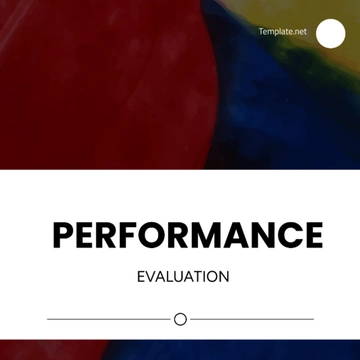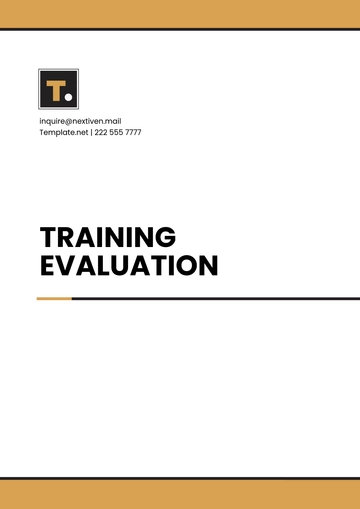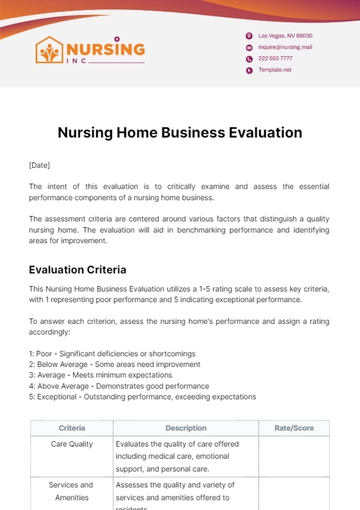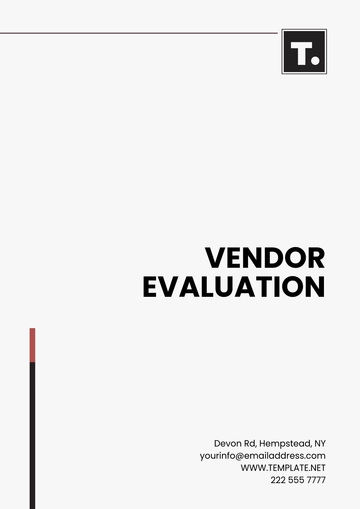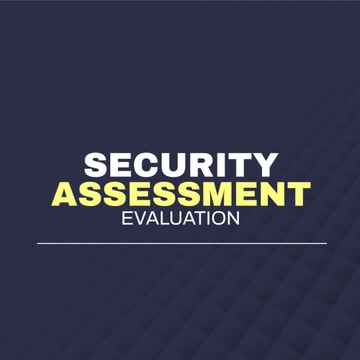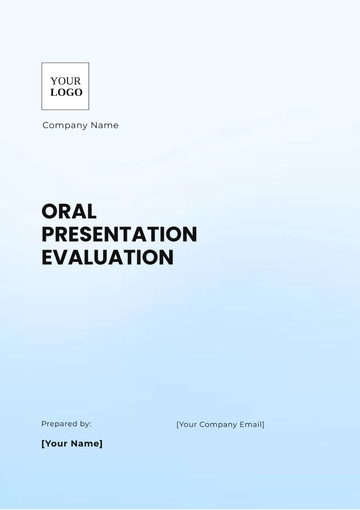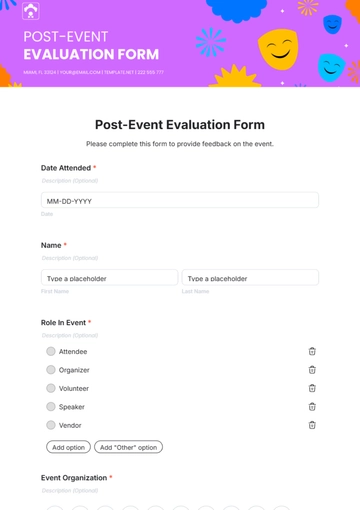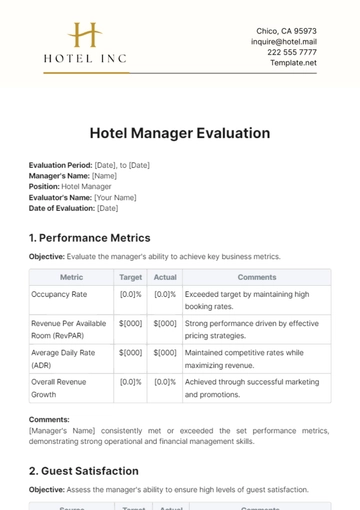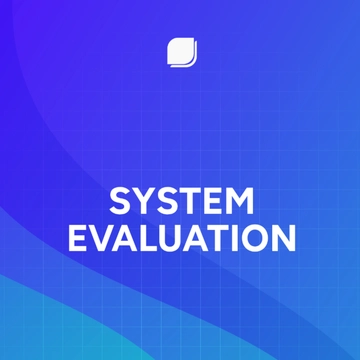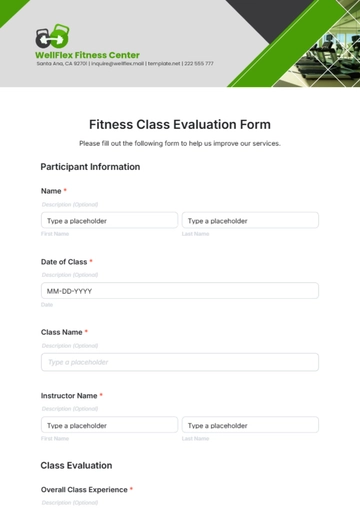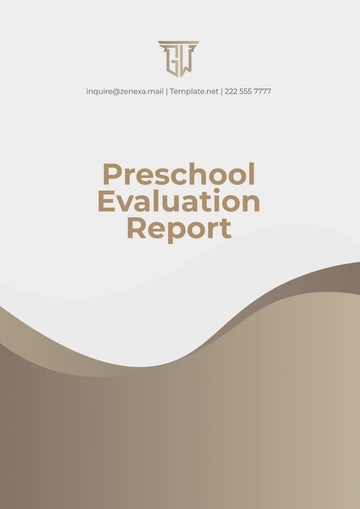Free Financial Cost Evaluation Manual
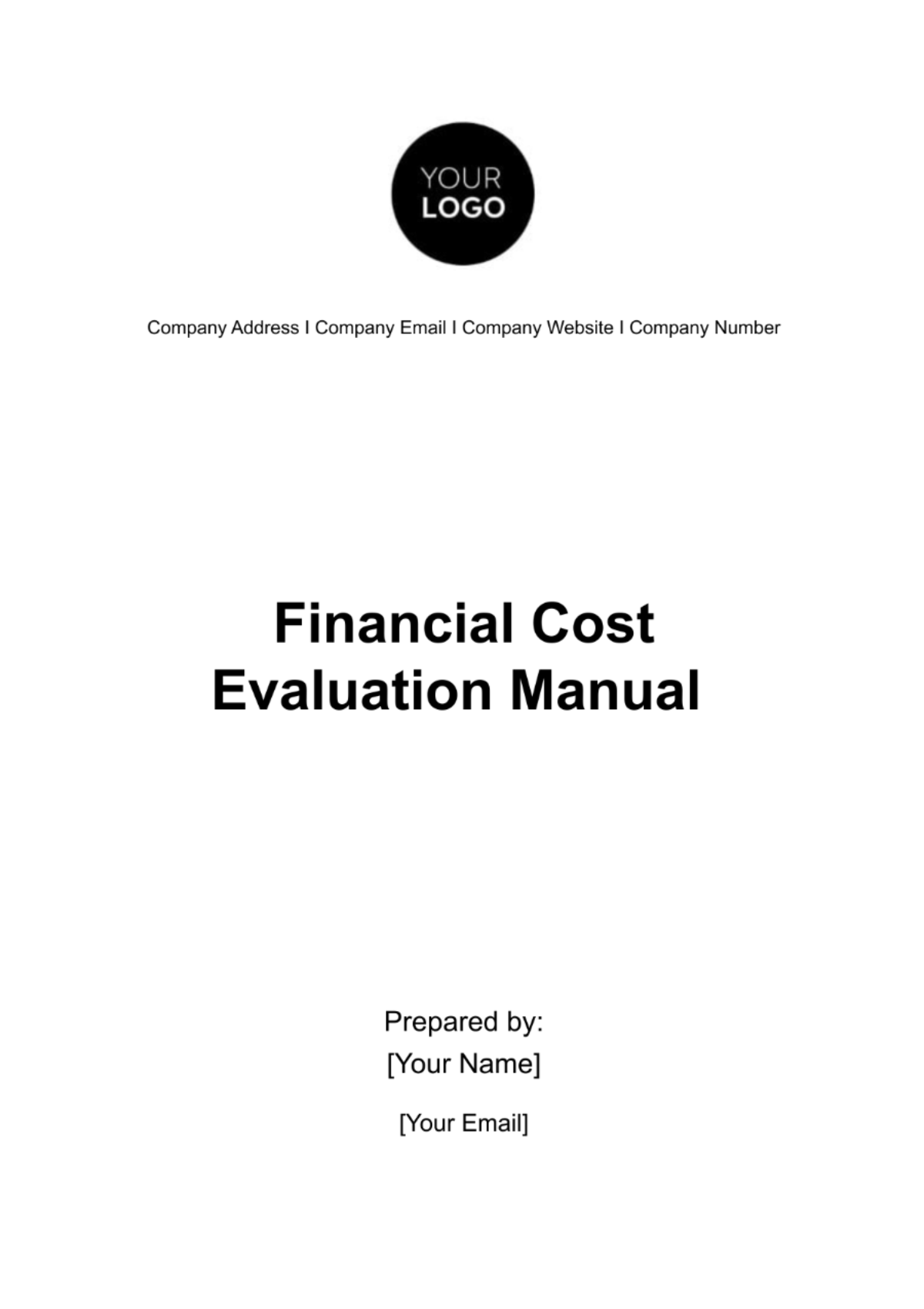
1. Introduction
1.1 Purpose of the Manual
The Financial Cost Evaluation Manual serves as a critical guide for [Your Company Name], outlining methodologies and practices for assessing and managing costs effectively. This document is a strategic tool for financial planning, cost management, and decision-making, ensuring all team members are aligned with the company's financial health and objectives.
1.2 Scope of the Manual
This manual will serve as an essential reference for various teams including finance, operations, and management. It comprehensively covers topics from basic cost concepts to advanced financial modeling and analysis, providing a structured approach to cost evaluation and financial decision-making.
2. Understanding Costs
2.1 Definition of Costs
We deeply dive into the nature of costs, providing detailed definitions and examples:
Fixed Costs (FC): Costs that remain constant regardless of the level of production or service activity. Examples include rent of $10,000 per month, annual salaries of $500,000, etc.
Variable Costs (VC): Costs that vary in direct proportion to changes in the level of production or service activity. This might include costs of raw materials which can vary from $50,000 to $100,000 depending on production volume.
Semi-variable Costs: Costs comprising both fixed and variable components, such as utility bills which have a minimum charge plus charges for actual usage.
2.2 Cost Behavior Analysis
We provide methodologies and real-life scenarios demonstrating cost behavior under different business conditions:
Break-even Analysis: Detailed guide on calculating the break-even point with examples.
Cost-Volume-Profit (CVP) Analysis: Comprehensive guide on how to perform CVP analysis with hypothetical sales data, illustrating the impact on profits with changes in costs and volume.
3. Cost Allocation Methods
3.1 Principles of Cost Allocation
Cost allocation is a critical aspect of financial management, aiming to assign indirect costs to cost objects such as products, services, or departments. The primary principles guiding the allocation of costs include:
Causality Principle: Costs should be allocated based on the cause-and-effect relationship. The idea is to assign costs to the functions or departments that are responsible for incurring them.
Benefits Received Principle: Costs should be allocated in proportion to the benefits received. This principle suggests that if a department benefits more from a certain service or resource, it should bear a more significant portion of the cost.
Fairness or Equity Principle: The allocation should be perceived as fair by all departments, avoiding disputes and promoting transparency.
Ability to Bear Principle: Sometimes costs are allocated based on the ability of a cost object to bear the costs, often used in non-profit or governmental contexts.
3.2 Methods of Cost Allocation
Direct Allocation Method:
In the Direct Allocation Method, costs are allocated directly to the cost object that incurred them. This method is straightforward and is typically used for costs that are easily and clearly identifiable with specific departments or products.
Step-down Allocation Method:
The Step-down Allocation Method, also known as the sequential allocation method, allocates support department costs to producing departments in a step-wise manner. It considers both direct and indirect relationships between cost and departments, often used when reciprocal services exist between support departments.
Activity-Based Costing (ABC):
Activity-Based Costing (ABC) is a more refined approach to cost allocation, focusing on activities as the fundamental cost drivers. It assigns organizational resources and indirect costs to products and services more accurately based on the activities that generate those costs.
To implement ABC at [Your Company Name], first identify the major activities that drive indirect costs, such as quality testing, order processing, or customer service. Next, determine the cost of each activity. Suppose the cost of quality testing is $100,000. Then, identify the cost driver for each activity, like the number of tests for quality testing. Finally, allocate the costs of activities to products or services based on their usage of the activities. If Product A requires 300 out of 1,000 total tests, it gets allocated $30,000 of the quality testing costs.
3.3 Application Scenarios in [Your Company Name]
Applying these cost allocation methods within [Your Company Name] involves understanding the nature of the business, the types of costs incurred, and the strategic objectives of cost allocation. For instance, if the company has a complex array of support services, the step-down or ABC methods may provide more accurate cost allocations compared to the direct method. The choice of method impacts product pricing, profitability analysis, and business strategy, making it crucial for [Your Company Name] to carefully consider the most appropriate cost allocation approach.
Scenario 1 - Direct Allocation: | Direct allocation might be used for allocating the costs of a dedicated marketing campaign specifically designed for one product line. |
Scenario 2 - Step-down Allocation: | The company might use step-down allocation to distribute the costs of the IT department, which provides services to various other departments, including both production and support departments. |
Scenario 3 - ABC: | For a detailed understanding of customer profitability, [Your Company Name] might use ABC to allocate costs of customer service and product returns based on the actual activities each customer segment requires. |
4. Budgeting and Forecasting
4.1 Budgeting Process
Budgeting is a strategic tool that helps [Your Company Name] plan future spending based on its financial goals and available resources. The process involves:
Determining Financial Goals: Aligning budgeting with the strategic financial goals of [Your Company Name].
Gathering Historical Data: Analyzing past budgets, actual expenditures, and financial outcomes to understand trends and inform future budgets.
Predicting Future Revenues and Costs: Estimating future sales, costs, and other financial metrics based on historical data, market trends, and planned initiatives.
Allocating Resources: Distributing available financial resources across departments, projects, and initiatives based on predicted needs and strategic priorities.
Monitoring and Revision: Regularly reviewing the budget to track performance against goals and making adjustments as necessary.
4.2 Forecasting Techniques
Forecasting is the process of making predictions about future financial performance using historical data and analysis. [Your Company Name] may use a combination of qualitative and quantitative techniques:
Qualitative Techniques: This includes methods like the Delphi Method, market research, and expert opinion to forecast sales or market trends without solely relying on historical numerical data.
Quantitative Techniques: These involve statistical methods to forecast future financial performance, including:
Time Series Analysis: Using patterns in historical data to predict future values.
Regression Models: Understanding the relationship between variables and how they contribute to financial outcomes.
5. Cost Control and Reduction Strategies
5.1 Importance of Cost Control
Cost control is essential for maintaining profitability and competitiveness. It involves:
Identifying Cost Overruns: Regularly monitoring costs to detect overruns early.
Analyzing Cost Drivers: Understanding what drives costs in each part of the organization to target reduction efforts effectively.
Implementing Corrective Actions: Adjusting processes, renegotiating contracts, or eliminating waste to bring costs back in line with expectations.
5.2 Strategies for Cost Reduction
Process Improvement: Implementing lean practices, automating processes, or re-engineering workflows to increase efficiency and reduce waste.
Outsourcing: Evaluating and engaging third-party providers for non-core activities to reduce costs and focus on core competencies.
Supply Chain Optimization: Negotiating better terms with suppliers, consolidating orders, or finding more cost-effective suppliers to reduce procurement costs.
6. Reporting and Analysis
6.1 Financial Reporting
Effective financial reporting provides insight into the company's financial health and supports better decision-making. Key financial reports include:
Income Statement: Also known as the profit and loss statement, it provides a summary of the company's revenues, costs, and expenses over a period.
Balance Sheet: A snapshot of the company's financial condition at a specific point in time, detailing assets, liabilities, and shareholders' equity.
Cash Flow Statement: Details the inflows and outflows of cash, providing insight into the company's liquidity and financial flexibility.
6.2 Cost Analysis Techniques
Regular cost analysis helps [Your Company Name] identify areas for improvement and maintain financial health.
Variance Analysis: Comparing actual costs to budgeted figures to identify variances, understand their causes, and take corrective action.
Trend Analysis: Analyzing changes in costs over time to identify patterns, trends, or anomalies.
7. Implementing a Cost Evaluation System
7.1 Steps to Implement a Cost Evaluation System
Implementing an effective cost evaluation system involves several key steps:
Define Objectives and Scope: Clearly define what the system should achieve and the aspects of the business it will cover.
Select Appropriate Methods: Choosing cost evaluation and allocation methods that best fit the business's needs and objectives.
Develop a Plan: Outline how data will be collected, analyzed, and reported, including timelines and responsibilities.
Train Staff: Ensuring that all relevant staff understand the system, its purpose, and how to use it effectively.
7.2 Key Considerations
Key considerations for a successful cost evaluation system include:
Data Accuracy and Reliability: Ensuring that the data used is accurate and reliable.
Alignment with Strategic Objectives: Aligning the cost evaluation system with the company's overall strategic goals.
Continuous Improvement: Regularly reviewing and improving the cost evaluation process to adapt to changing business needs or market conditions.
- 100% Customizable, free editor
- Access 1 Million+ Templates, photo’s & graphics
- Download or share as a template
- Click and replace photos, graphics, text, backgrounds
- Resize, crop, AI write & more
- Access advanced editor
Optimize your financial assessments with Template.net's Financial Cost Evaluation Manual Template. This professionally designed tool allows for comprehensive cost analysis and fiscal management. Fully editable and customizable in our AI Editor Tool, it adapts seamlessly to your specific needs. Achieve accurate and efficient financial evaluations with this user-friendly and adaptable manual, exclusively available at Template.net. Make informed decisions with precision and confidence.

